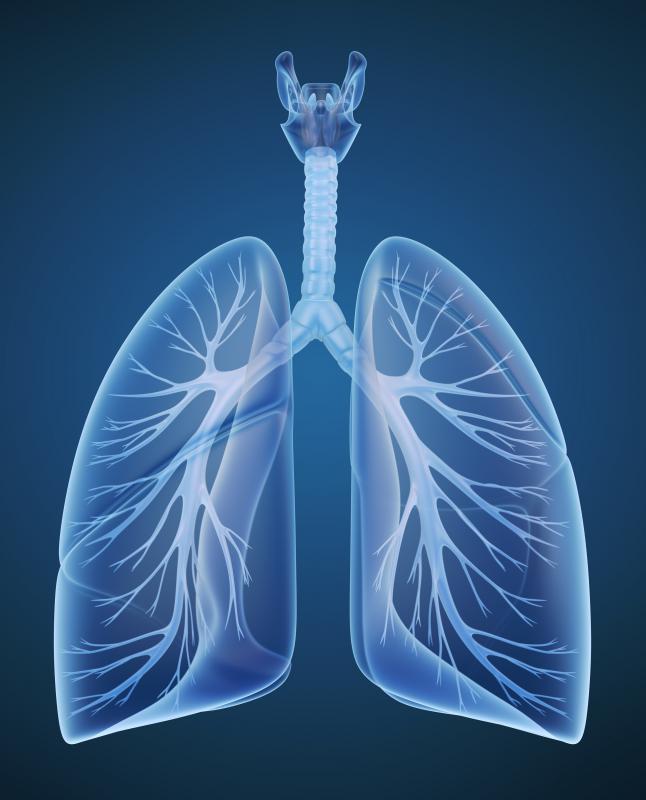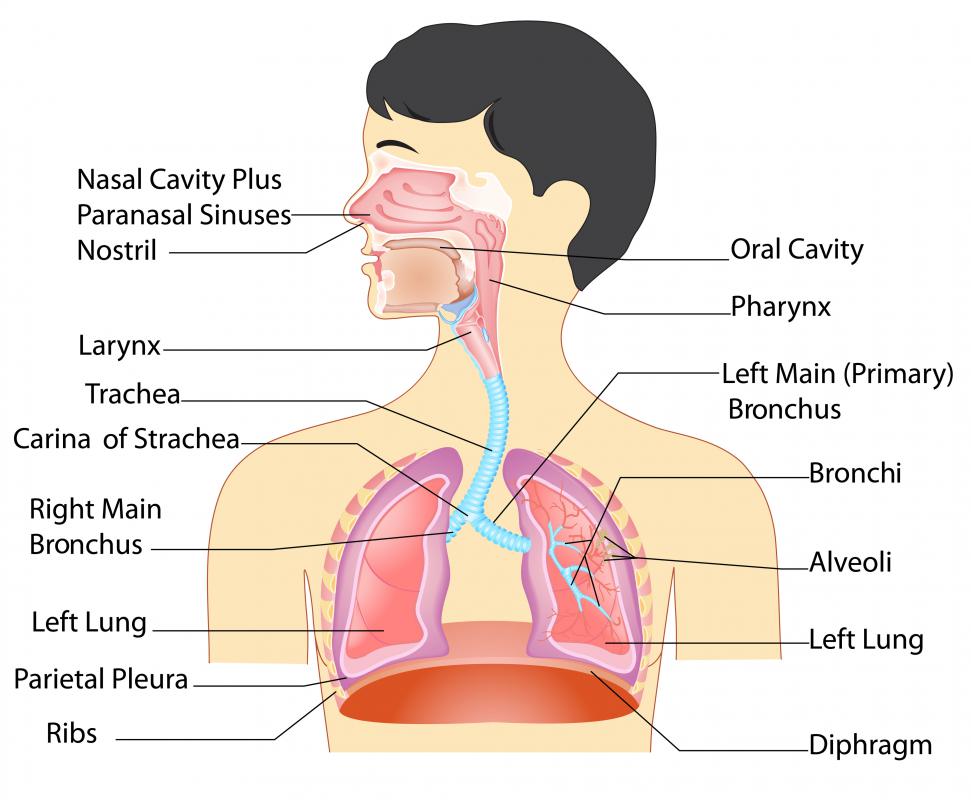At HomeQuestionsAnswered, we're committed to delivering accurate, trustworthy information. Our expert-authored content is rigorously fact-checked and sourced from credible authorities. Discover how we uphold the highest standards in providing you with reliable knowledge.
What is Considered an Acceptable Radon Level?
An acceptable radon level is often difficult to determine and depends upon what one feels is an acceptable risk. Any exposure to radon gas could increase the chances of developing lung cancer. In the United States, Congress has passed a law saying that the natural level of radon found outdoors is the acceptable level indoors. That level is .4 pico Curies per Liter (pCi/L).
Technically speaking, if this were the acceptable radon level to most people, they would not be able to live in their homes. Very few homes have a radon level equal to or below that found outdoors. Therefore, most homeowners look at other risks and levels in order to calculate whether they are at increased risk from exposure to radon.

The average radon level for a home, according to the U.S. Environmental Protection Agency, is 1.3 pCi/L. The EPA does not advise individuals to consider taking action until radon levels are 2 pCi/L or greater. Therefore, one may interpret that to mean that an acceptable radon level is anything under a 2 pCi/L, especially for longer term exposure. Anything more than a 4 pCi/L should definitely be fixed, according to the EPA.

The acceptable radon level may also be somewhat dependent upon the lifestyle of the individual or family. The risk of contracting lung cancer due to radon exposure increases when an individual smokes. For example, using the average outdoor radon level, approximately three smokers in 1,000 would get lung cancer. At 20 pCi/L, 260 smokers would eventually come down with the disease. By comparison, less than two non-smokers in 1,000 would get lung cancer from radon at the outdoor level and approximately 36 would get lung cancer at the 20pCi/L level.

One important consideration when looking at radon levels and determining what is acceptable is testing more than one area of the home. For example, if a homeowner converts an unfinished basement into a living space, radon could be higher in that portion of the home. Therefore, any space that is well used should be tested, as well as new spaces that start to be utilized more often.

If radon is not at acceptable levels, there are several things a homeowner can do to reduce radon in a home. The most important thing to do is always make sure your home is monitored with a radon detector. Reducing the radon involves sealing cracks and possibly adding a system of vents and pipes. This helps prevent radon from entering the home from below the foundation, and should help the homeowner achieve an acceptable radon level.
AS FEATURED ON:
AS FEATURED ON:














Discuss this Article
Post your comments